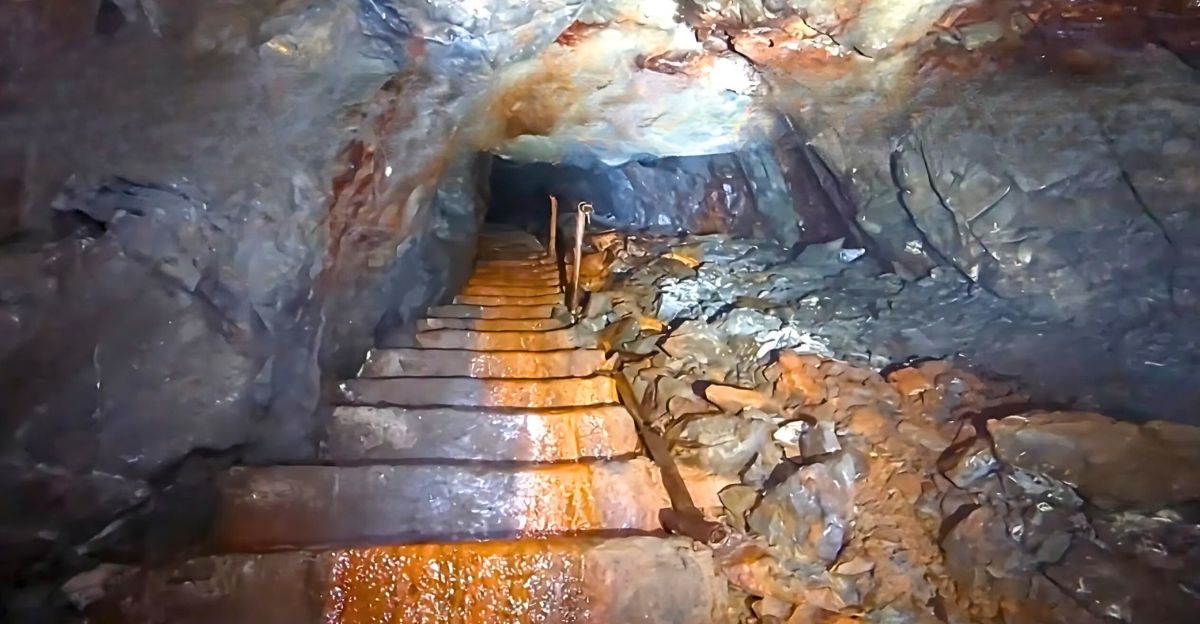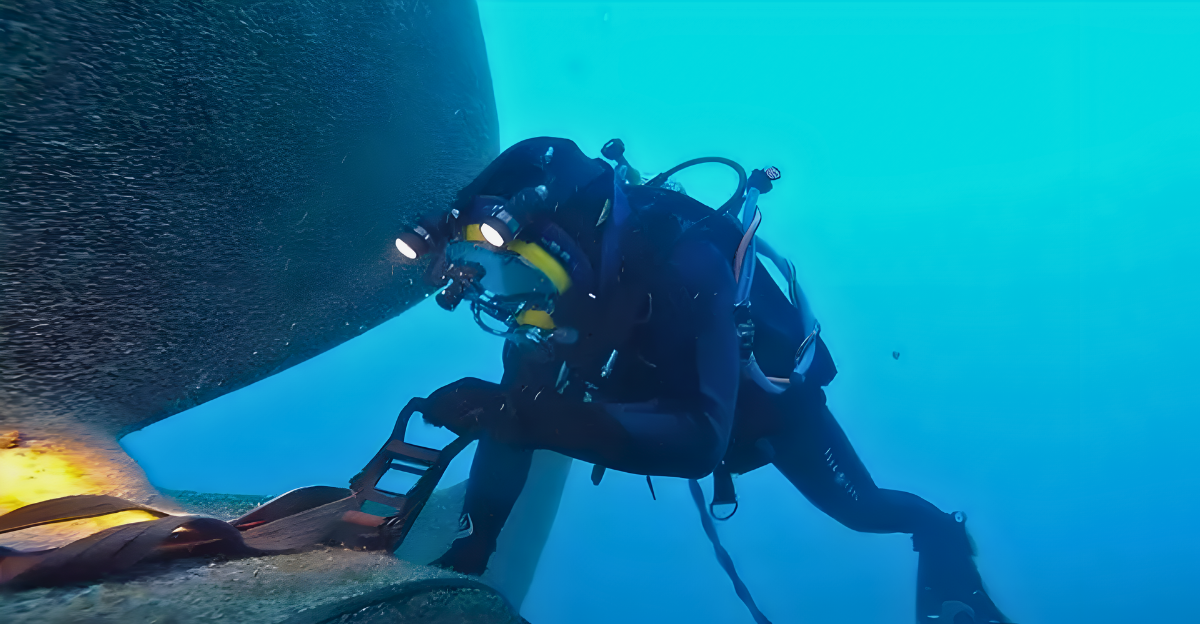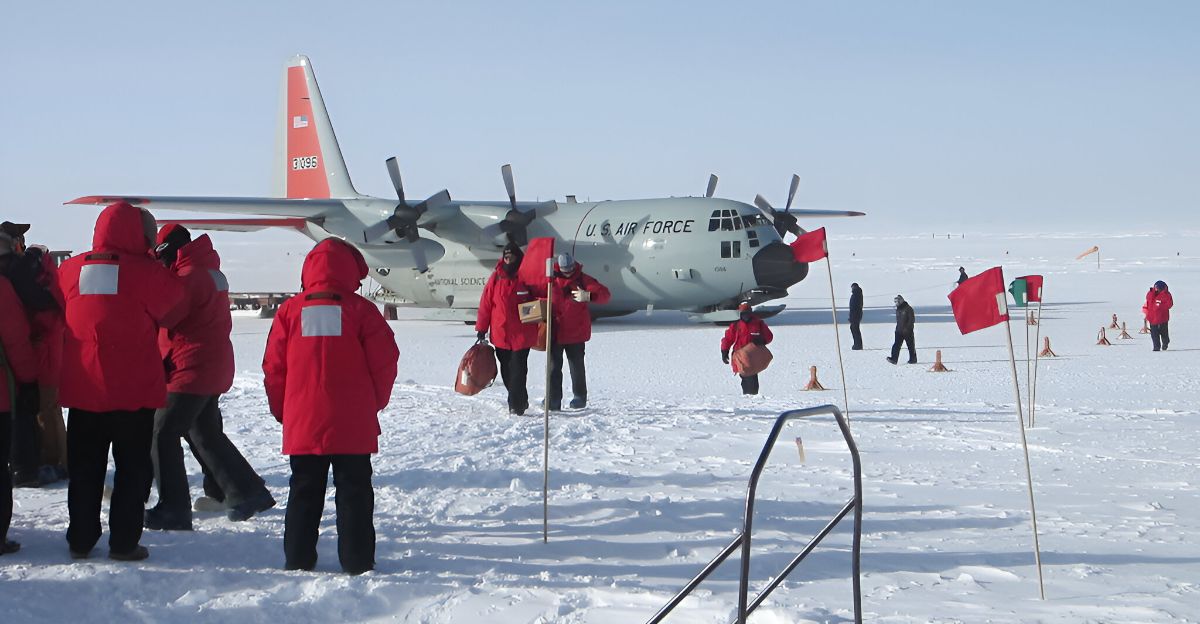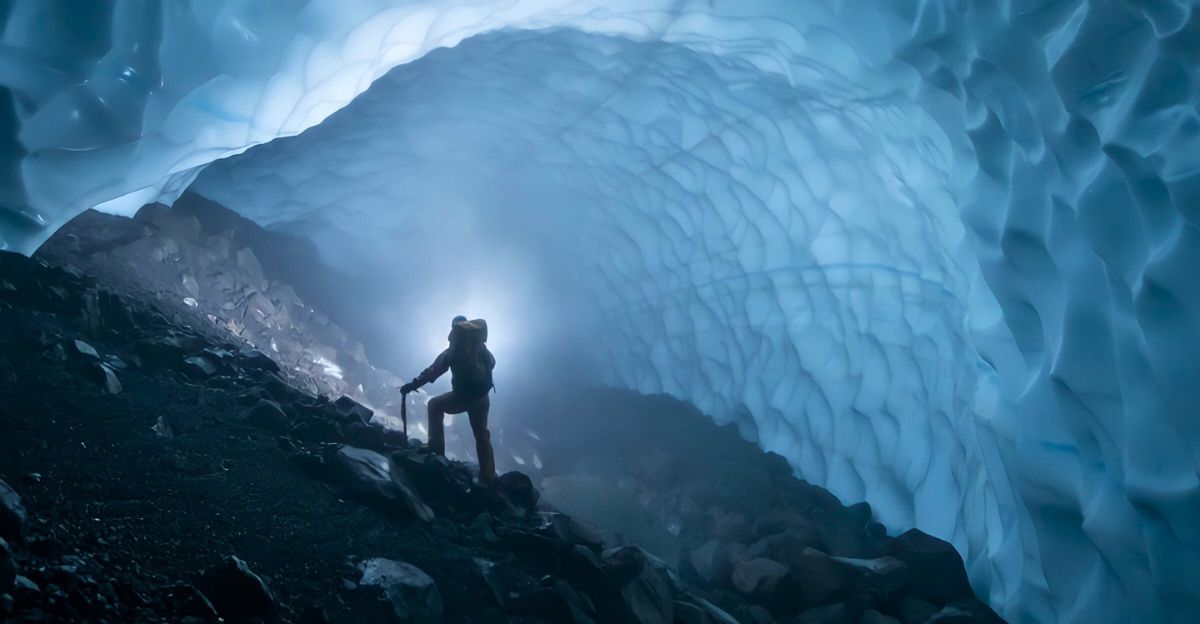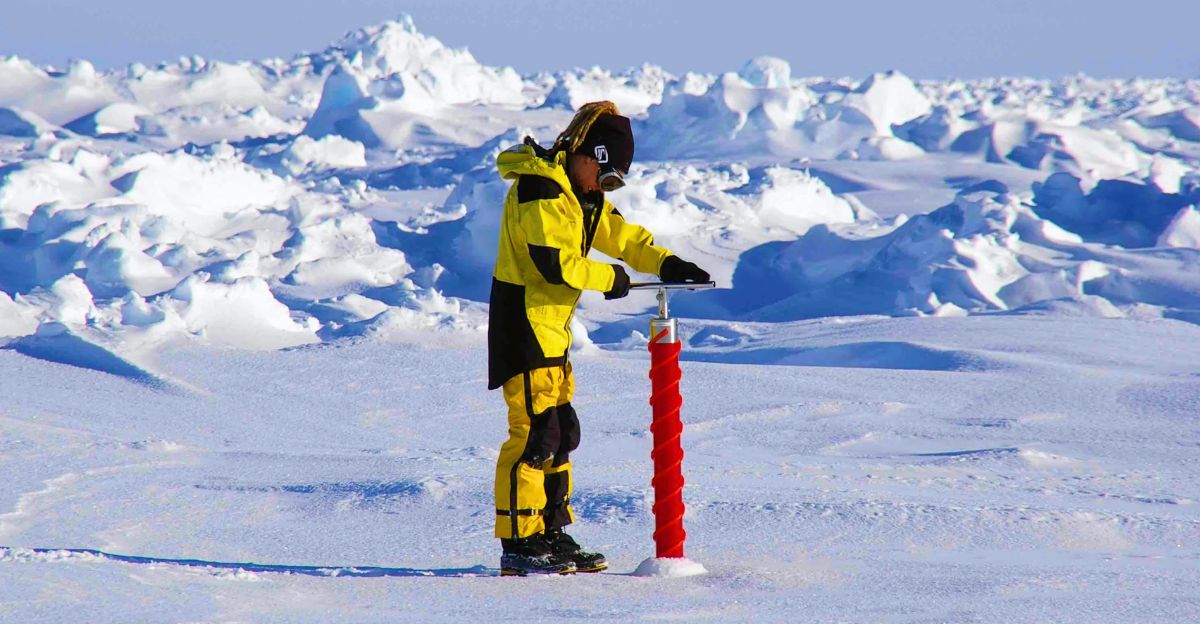
Antarctica has been known for decades as a symbol of relentless ice loss, fueling global concerns about rising sea levels. Yet, recent observations hint at an unexpected twist beneath the continent’s frozen surface.
Could this signal a change in the long-standing narrative of climate decline? Scientists are now grappling with surprising data that challenges previous assumptions, raising questions about what lies ahead for the icy wilderness at the bottom of the world.
Why It Matters to Everyone
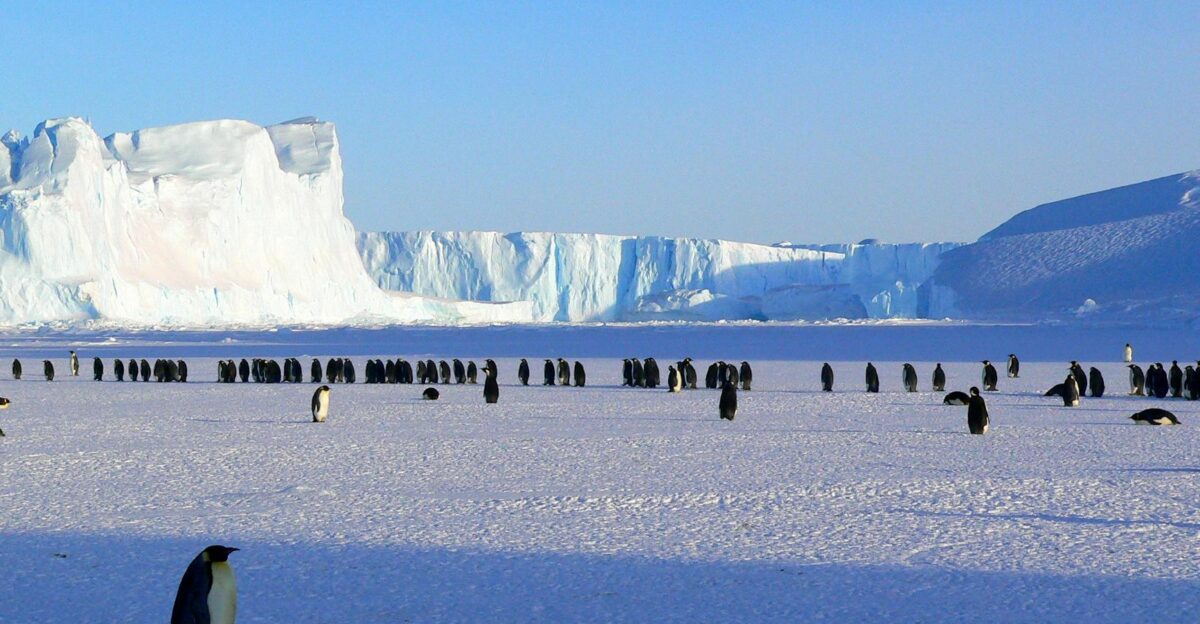
Antarctica’s ice sheet holds 90% of the world’s freshwater, and its fate directly influences sea levels worldwide. Coastal cities and island nations watch closely as Antarctic ice shifts impact flooding risks, weather patterns, and global climate stability.
This emerging anomaly could alter projections that affect millions, making it a matter of urgent international interest and concern.
Remembering the Ice Loss Years
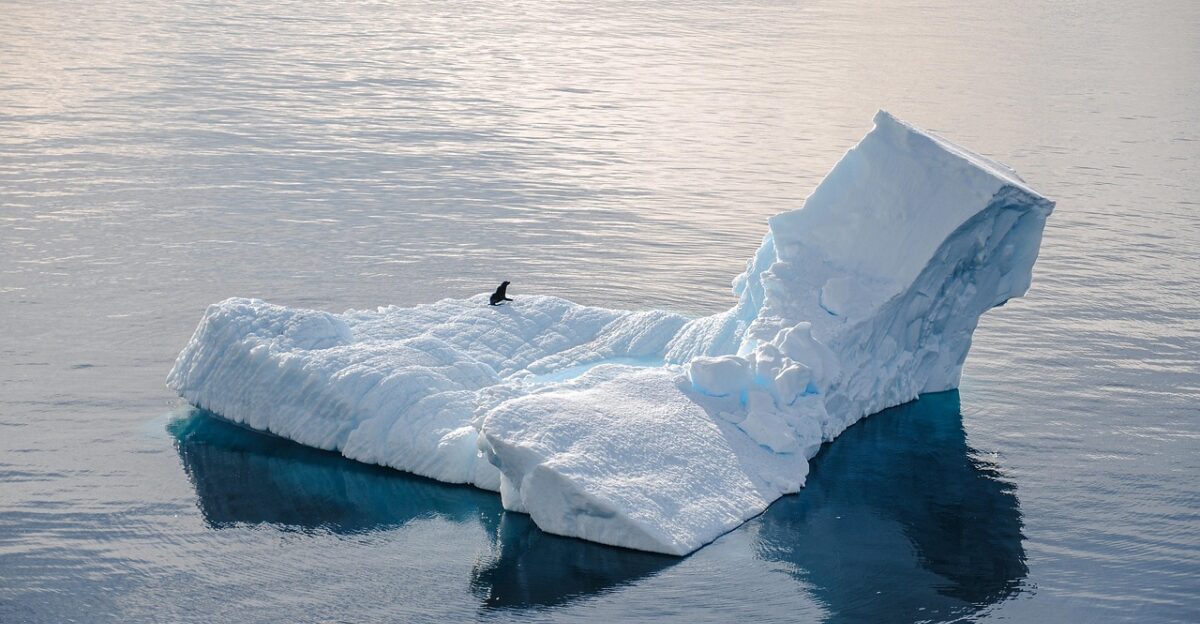
For years, satellite data painted a grim picture: Antarctica was losing ice at an accelerating pace. The image of shrinking glaciers and retreating ice shelves became a defining symbol of climate change’s impact.
This steady decline shaped public awareness and scientific models—until recent data introduced an unexpected chapter in this story.
The Decline Explained
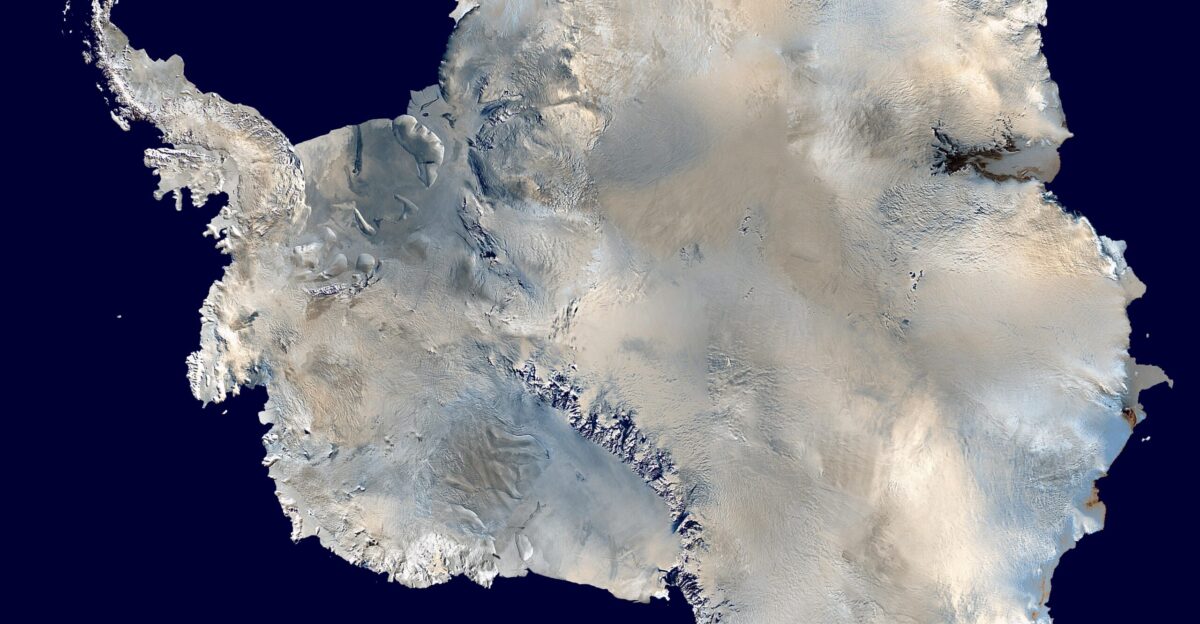
Between 2002 and 2020, Antarctica’s ice mass decreased dramatically. The loss nearly doubled from about 74 gigatons per year in the early 2000s to over 140 gigatons annually by the 2010s.
This rapid melting, especially in West Antarctica and vulnerable East Antarctic glacier basins, contributed significantly to rising global sea levels, heightening fears of irreversible climate damage.
The Surprising Turnaround
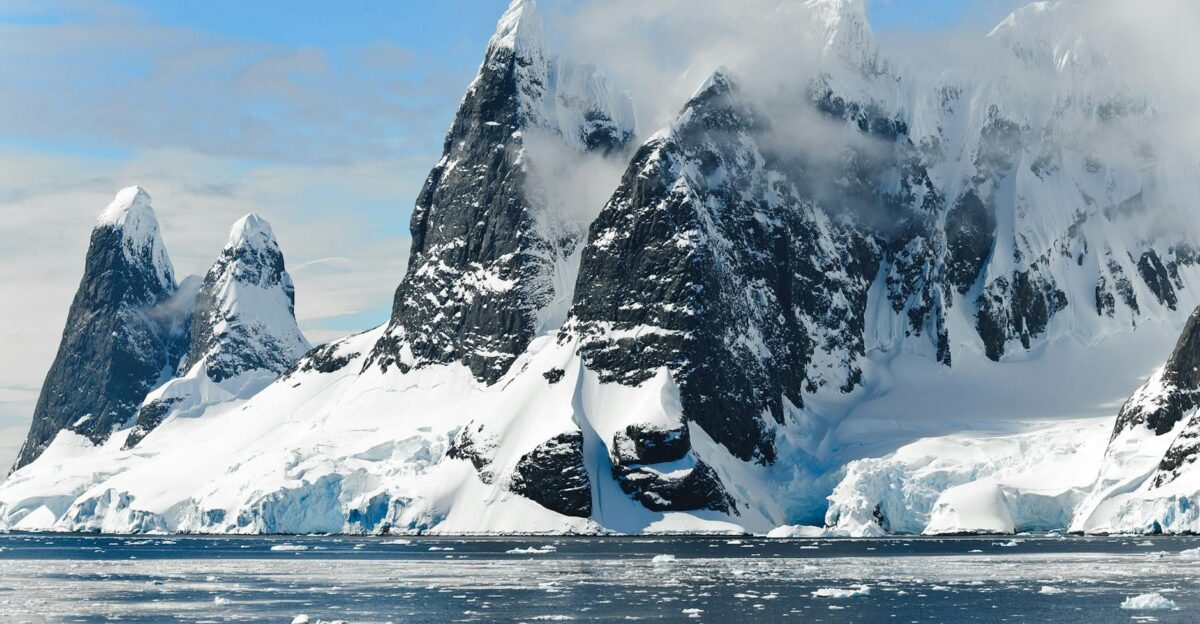
From 2021 to 2023, researchers detected a remarkable reversal: Antarctica gained approximately 108 gigatons of ice annually, temporarily offsetting global sea level rise by about 0.3 millimeters annually.
This ice growth, unprecedented in recent decades, was mainly driven by unusual increases in snowfall and precipitation over key glacier regions, marking a rare period of recovery in the continent’s icy expanse.
Focus on East Antarctica’s Glacier Basins
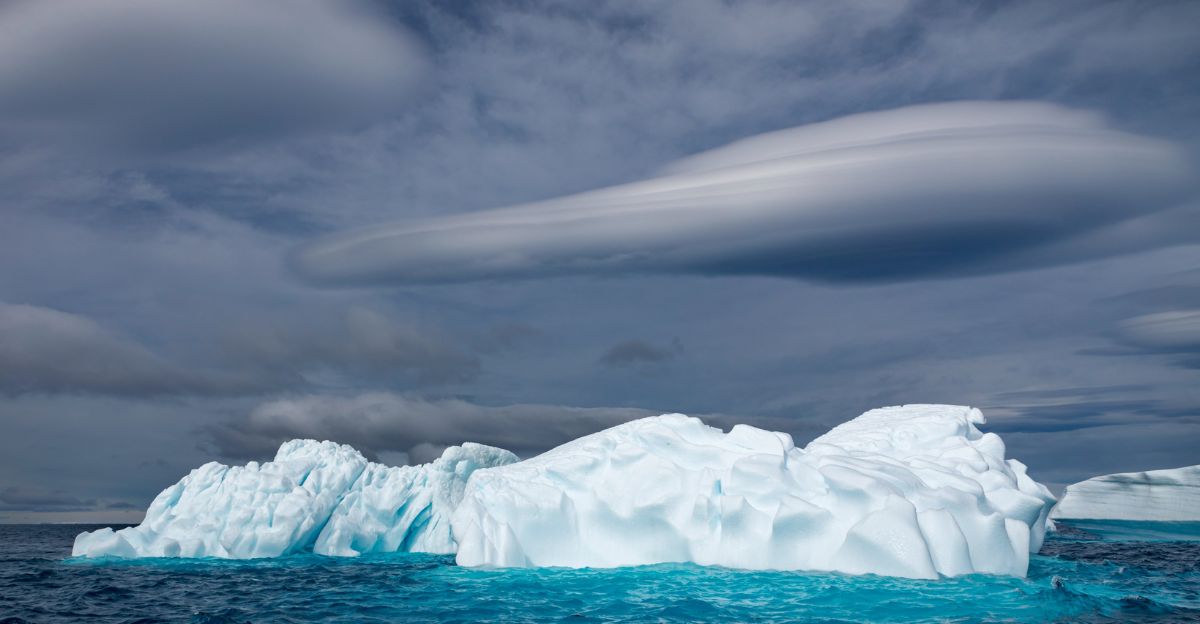
The most significant ice gains occurred in East Antarctica’s Wilkes Land and Queen Mary Land regions, including the Totten, Denman, Moscow University, and Vincennes Bay glaciers.
These areas had been losing mass rapidly but now show signs of stabilization and even growth. This regional rebound offers a nuanced perspective on Antarctica’s complex ice dynamics.
Scientists’ Mixed Reactions
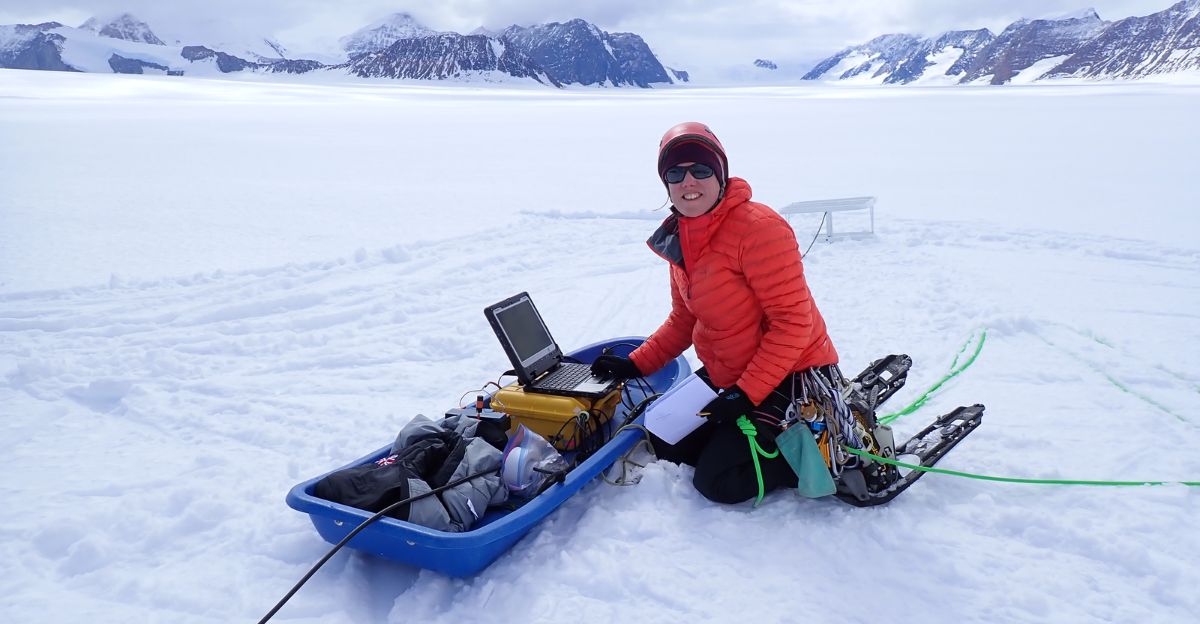
Polar researchers are optimistic about the recent ice gains but remain puzzled by the underlying causes. While increased snowfall explains part of the anomaly, the interplay of climate factors is intricate and not fully understood.
Experts emphasize that this temporary growth does not negate the long-term threat posed by global warming to Antarctic ice stability.
Contrasting Arctic and Antarctic Trends
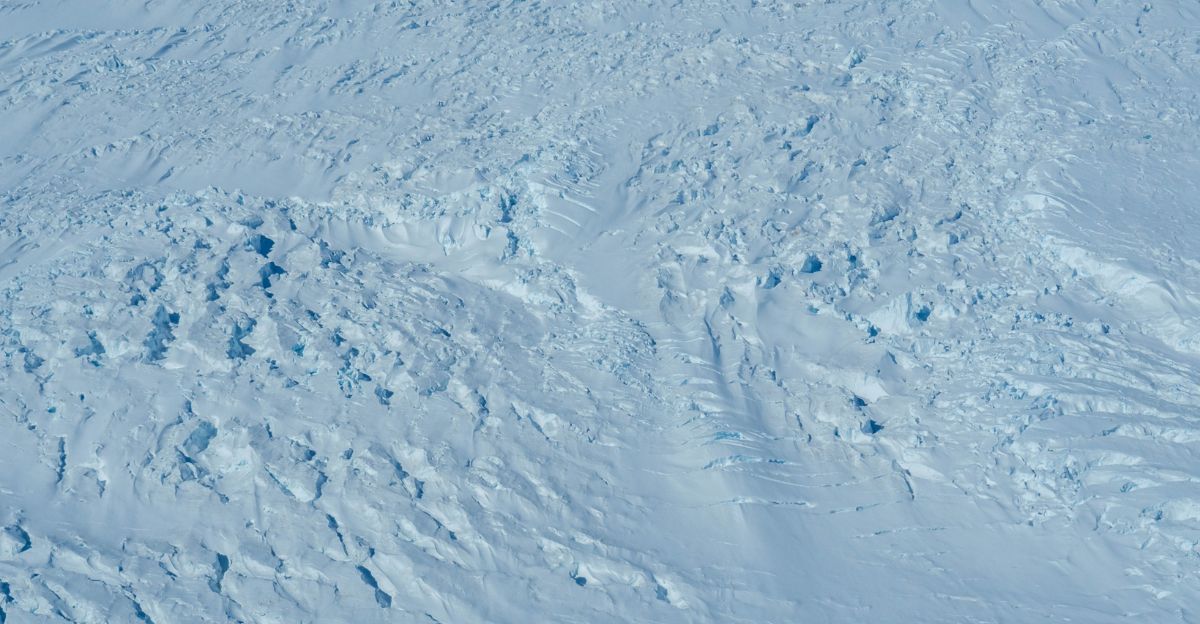
While Antarctica experiences this unexpected ice gain, the Arctic suffers record-low sea ice extents. This contrast highlights the complexity of polar climate responses, influenced by regional atmospheric conditions, ocean currents, and temperature variations.
The divergent trends underscore the challenges in predicting future ice behavior globally.
Broader Climate Patterns at Play
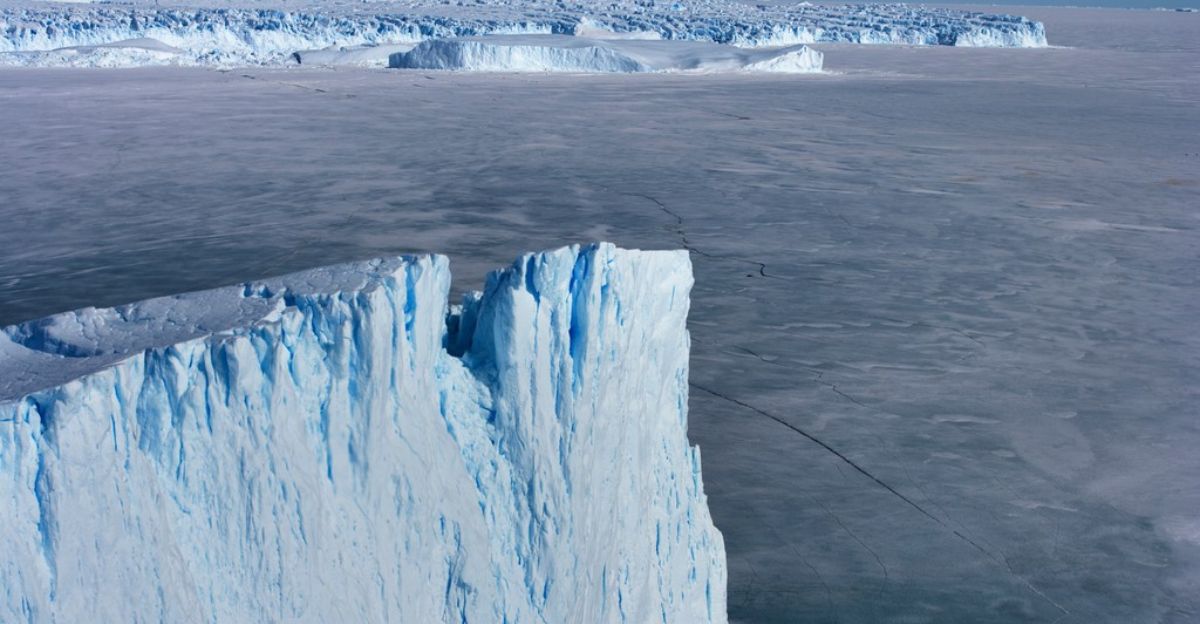
The Antarctic ice growth anomaly reflects natural variability interacting with climate change. Warmer air holds more moisture, leading to heavier snowfall in some polar regions despite rising temperatures.
Such shifts illustrate that Earth’s climate system is dynamic, with short-term fluctuations layered over long-term warming and ice loss trends.
What Lies Ahead?
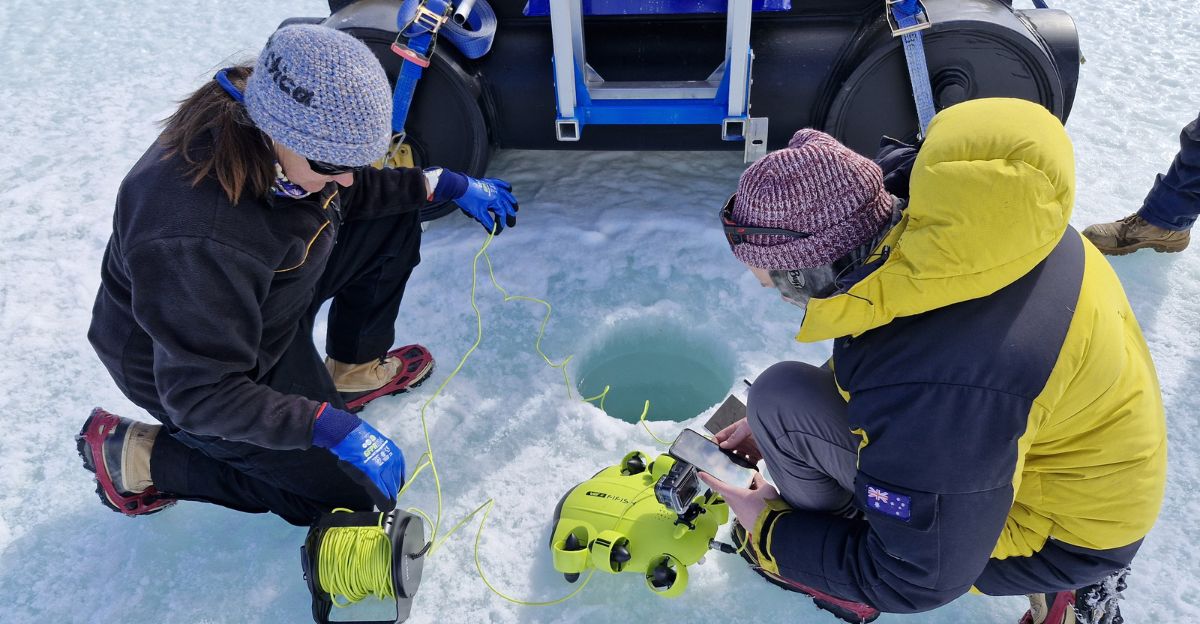
Will Antarctica’s recent ice growth continue, or is it a brief pause before further decline? Scientists closely monitor these changes to refine climate models and sea level projections.
The future of Antarctica’s ice is pivotal for coastal communities worldwide, making this unexpected development a critical focus for ongoing research and global climate strategies.

